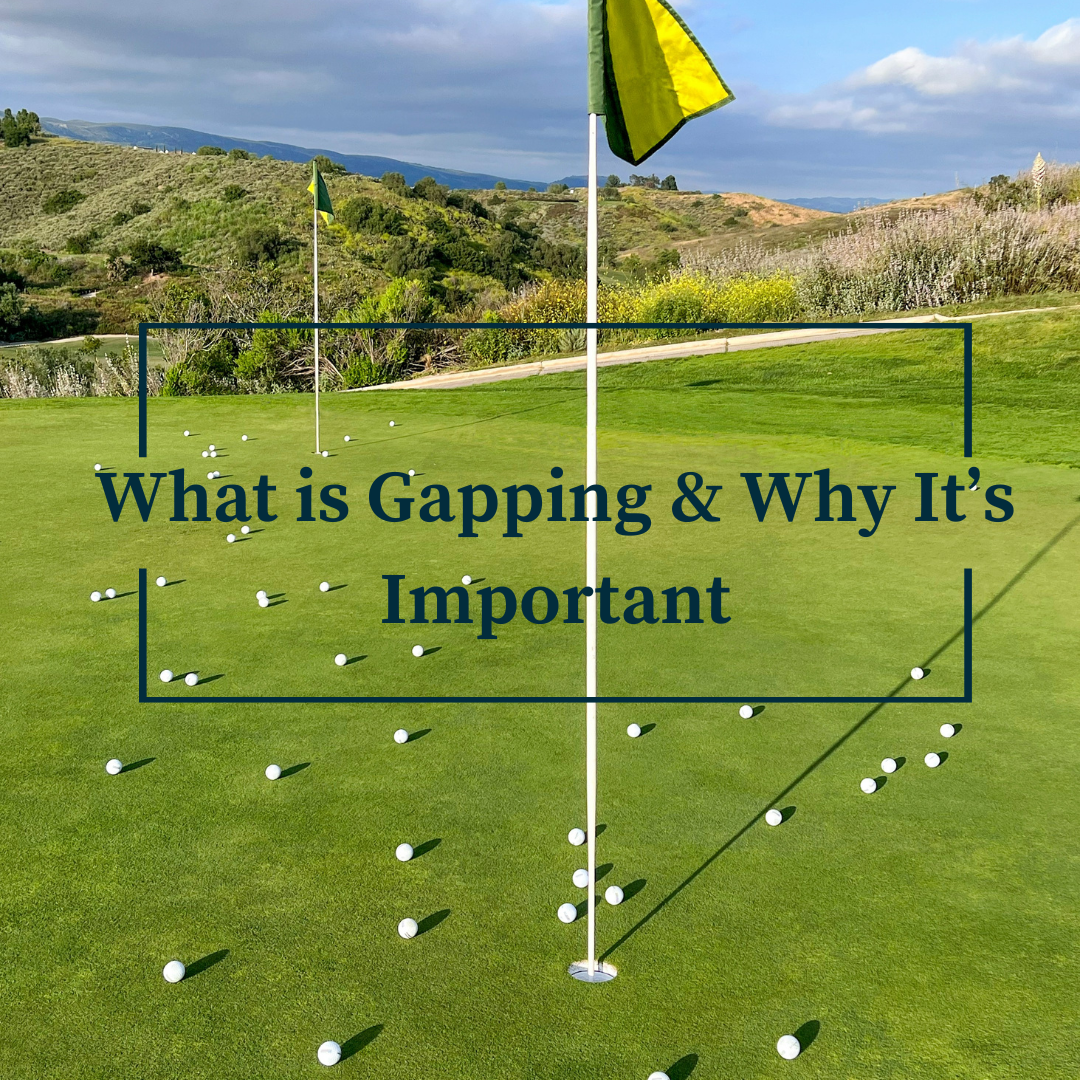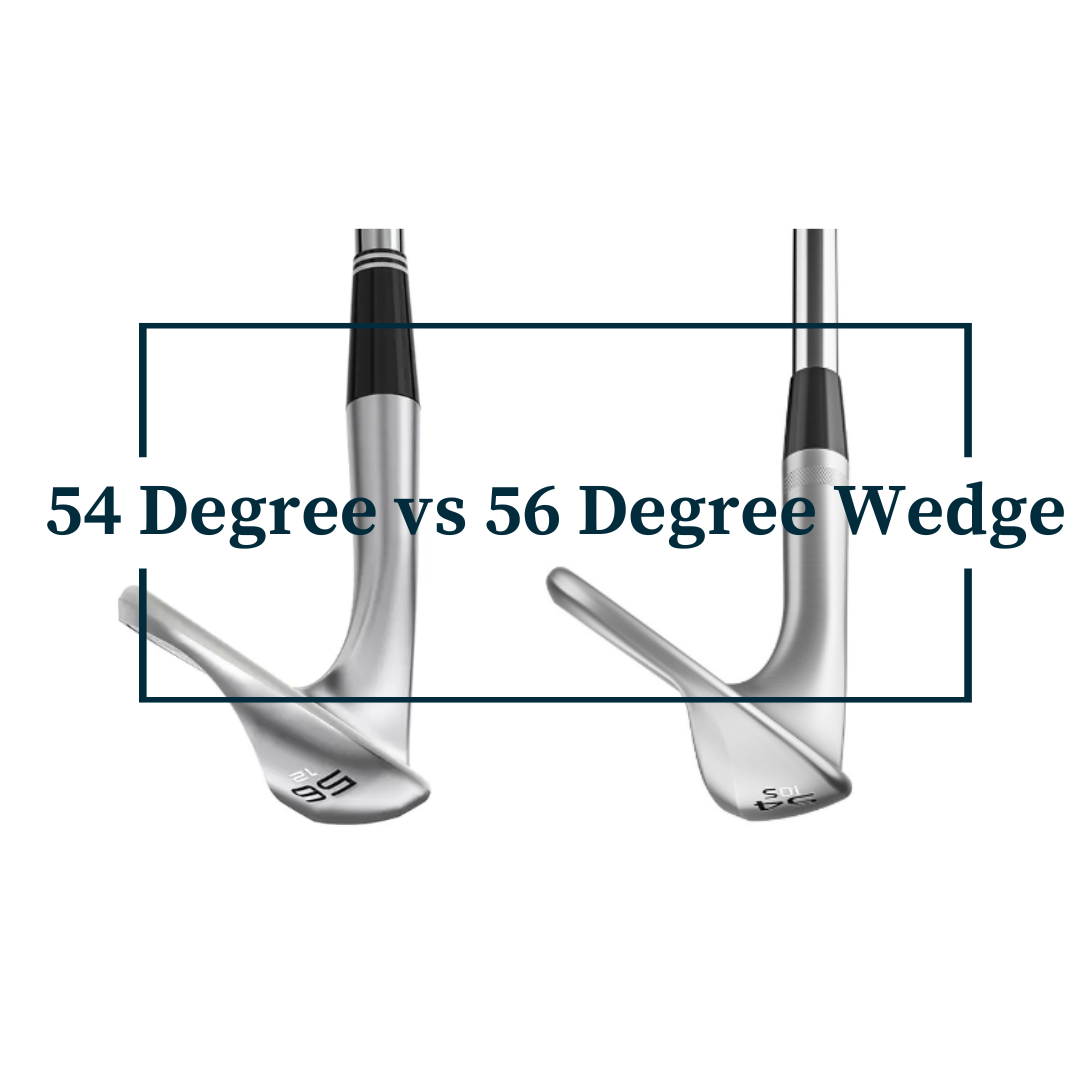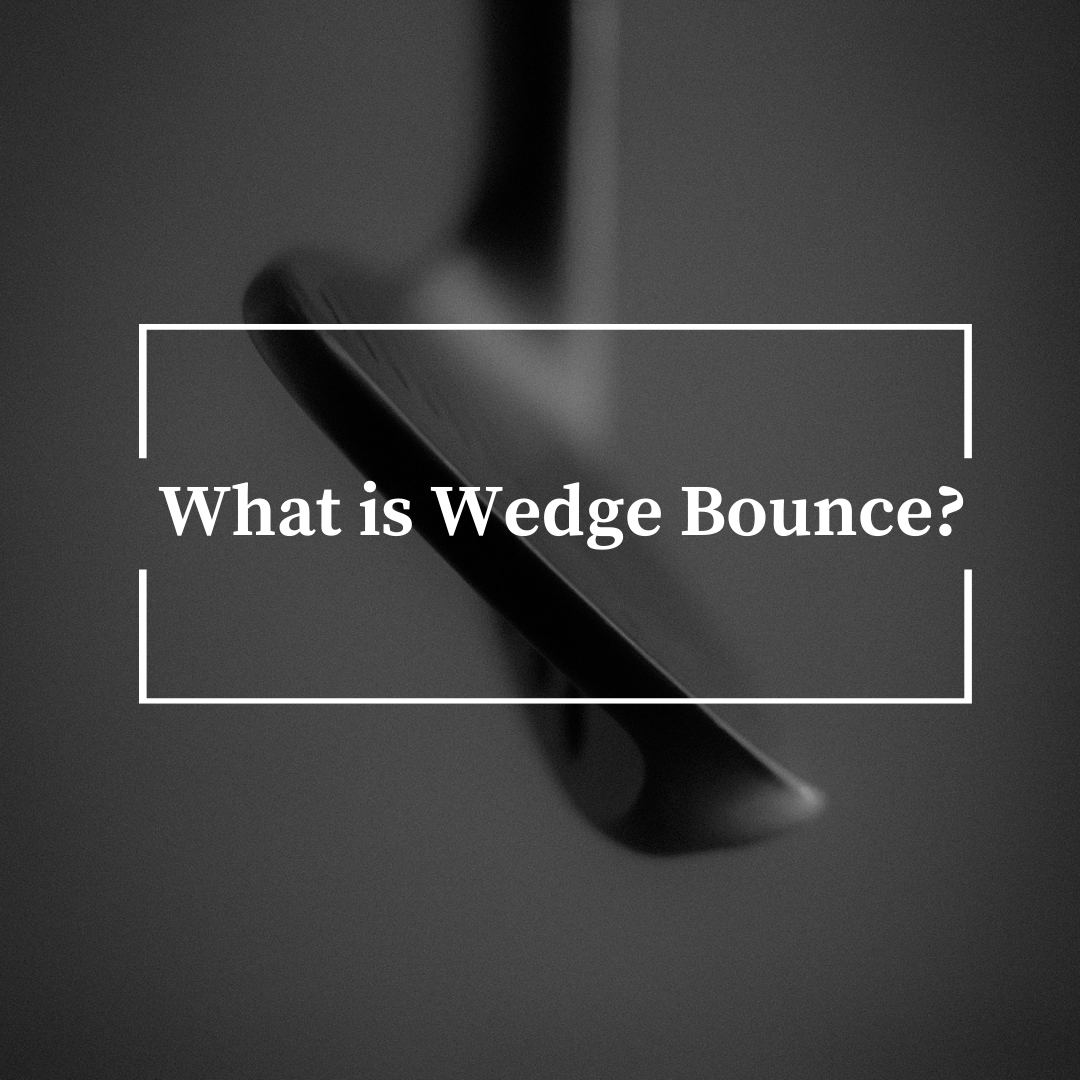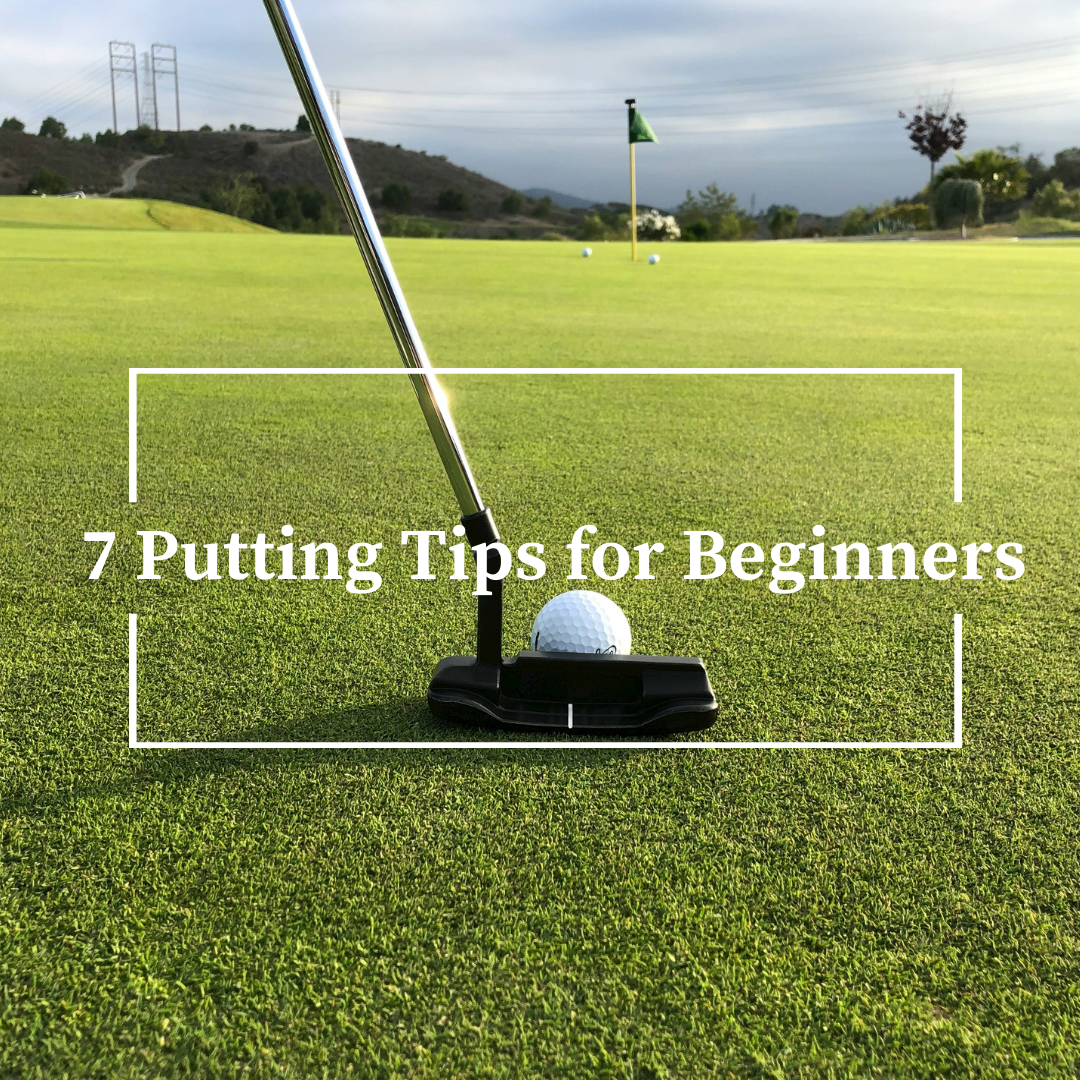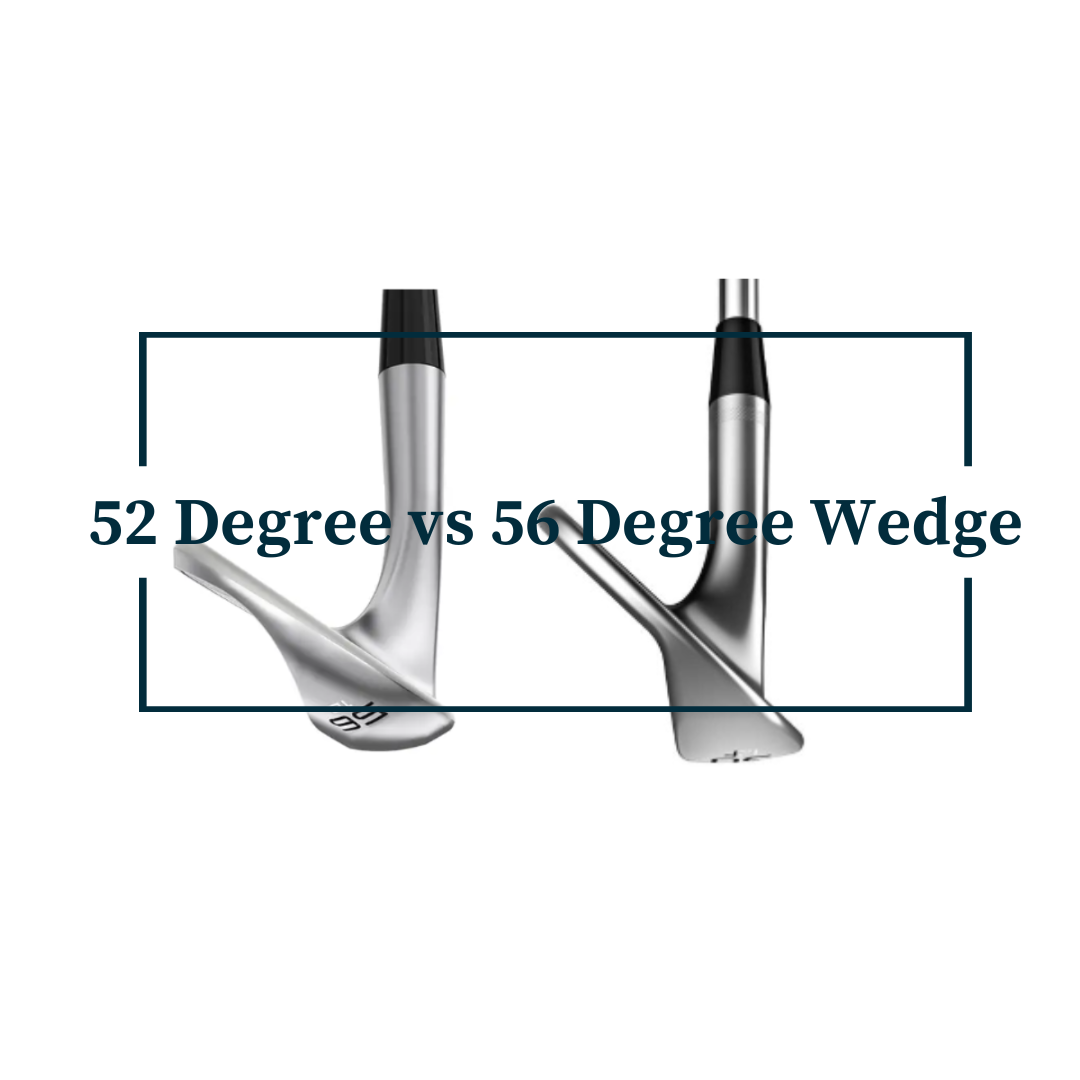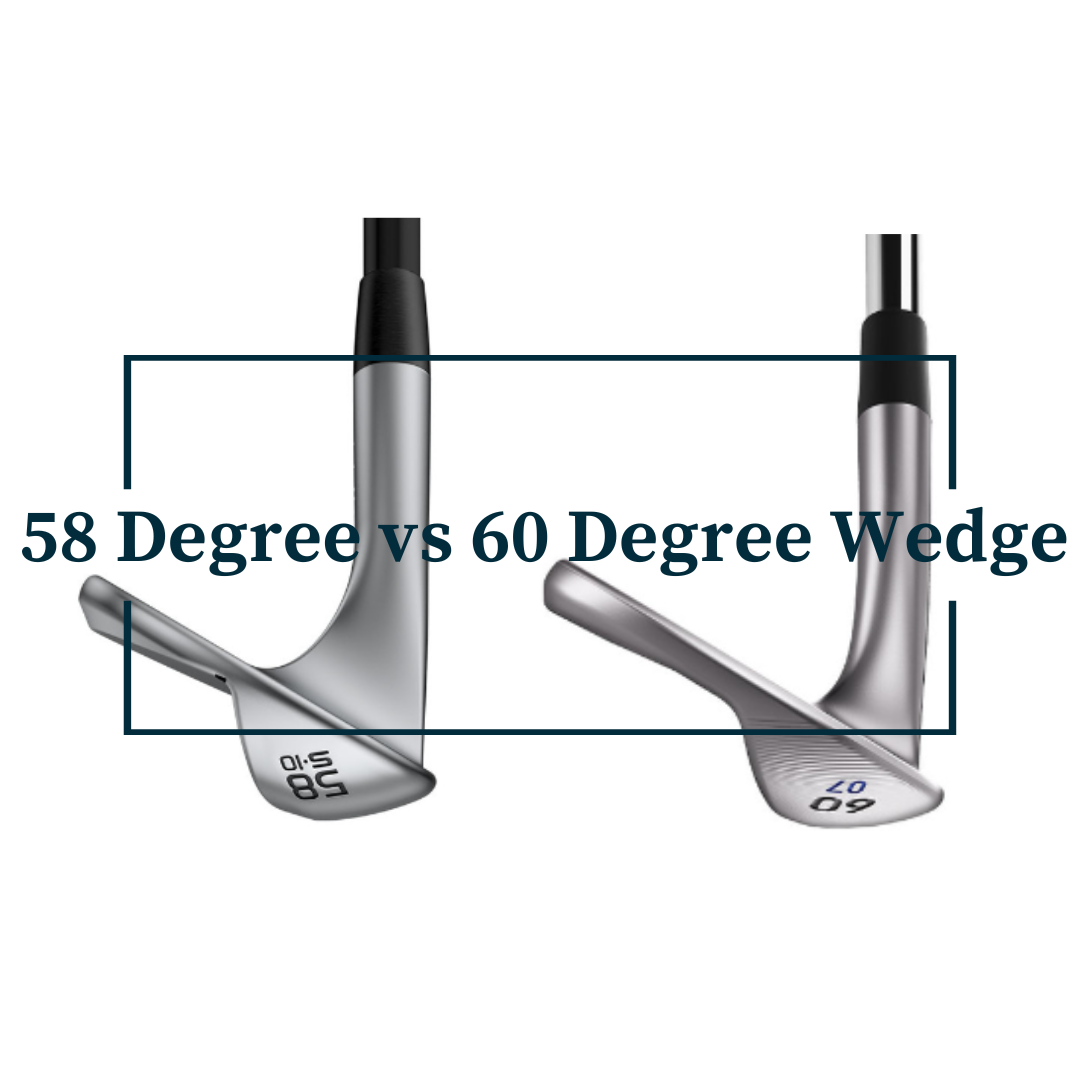Gapping is the distance between each of your clubs. It can help you make better club choices and improve your game.
Gapping will help optimize your club selection. By knowing the distance between each of your clubs, you can make the right decision on which club to use in any given situation.
In this article, we will explain what gapping is, why gapping is important and how to gap your clubs.
What Is Gapping?
Gapping is the distance between each of your clubs. It is important to have consistent gapping across your clubs to ensure you are hitting the right club for every shot.
When you are gapping your clubs it is about carry distance, not total distance.
To better understand gapping, let’s consider a hypothetical scenario:
Suppose you hit your 5-iron 180 yards, your 7-iron 160 yards, and your 6-iron 170 yards. In this case, you have a consistent 10-yard gap between each club, which is ideal for most golfers. But, if you hit your 5-iron 180 yards and your 6-iron only 150 yards. You have a significant gap of 30 yards, which can lead to inconsistent shots and distance control.
As a rule of thumb, when you are considering what is the right gapping between each club, aim for 10 yards between each club.
Why Gap Your Clubs?
If you do not have the right gapping between your clubs, it can lead to issues that will impact your game. These include:
- Distance Control: With incorrect gapping, your swing power will be inconsistent. You will be requiring to swing harder or softer for your shots, rather than a consistent tempo swing. Leading to more room for error in your shot. This will mean you could be hitting shots that land short or fly past the target.
- Shot Selection: Incorrectly gapped clubs will limit your shot options. You may struggle to choose the right club for a particular distance or shot type, leading to poor decision-making on the course.
- Confidence: is crucial in golf. When you start to lose trust in your clubs that they will perform consistently, it will affect your mental game and lead to hesitation and doubt in your shots.
- Scoring: all the above factors will impact your scoring. Inaccurate distances and limited shot options will lead to higher scores. As you will not be putting yourself in the right positions around the course.
Let’s take an example:
If there is too much distance between your 9-iron and pitching wedge, you may have trouble hitting approach shots from 100 yards out. This can lead to missed greens, longer putts, and higher scores.
But, if your clubs have a narrow gap, you may find yourself hitting the same distance with many clubs. This can lead to confusion on the course and missed opportunities for better scoring.
Where Gapping Matters Most
Gapping is important across the set. But for me, gapping matters most at the bottom end of your bag, which are your scoring shots. Let’s explore why.
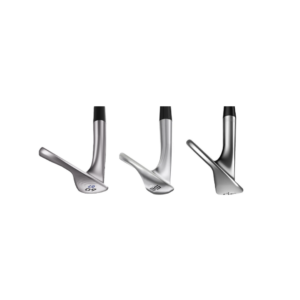
Bottom End of Your Bag: Wedges
Wedges is where you are hitting majority of your approach shots into the green…hence your scoring shots. So precision and accuracy is a must to get it as close to the hole as possible. This is why it is critical to get your wedge set up right.
This yardage number is going to be determined by the loft of each wedge. As Vokey recommends, there should be a 4-6 degree loft gap between each wedge, which equates to a 10-15 yard gap.
On top of this you need to consider you have a 14 club limit, so typically an average golfer should have 2-3 wedges in their bag:
- Pitching Wedge: 44-48 degrees
- Sand Wedge: 54-56 degrees
- Gap Wedge: 49-52 degrees
- Lob Wedge: 58-62 degrees
The way to work out what wedges you need is work off your pitching wedge. Let us take an example that you have a 46-degree pitching wedge:
- Pitching Wedge: 46-Degree
- Gap Wedge: 52-Degree
- Sand Wedge: 56-Degree
To understand what wedge is best for you, check out the below articles to get improve your wedge game:
- What is Wedge Bounce
- 54 Degree vs 56 Degree Wedge
- 52 Degree vs 56 Degree Wedge
- 58 Degree vs 60 Degree Wedge
Top End of Your Bag: Driver, Fairway Woods, Hybrids & Long Irons
On the other end of the bag, it is also important to get your gapping right between your Driver, fairways woods, hybrids and long irons. But if your mentality for your top end clubs is to hit it as far as possible, then the gapping does not matter as much.
Gapping at the top end will start to matter when you start considering what back up driving options should I have or course conditions and management. For example, what is my lay-up option off the tee or lay-up option to set me up for my approach shot. Once you get to this point in your game, then gapping becomes important at the top end of your bag.
How To Gap Your Clubs?
So, now you understand the importance of gapping, but how do you actually gap your clubs? Here is how you get started:
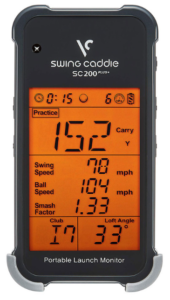
Measuring & Assessing Club Distances
The first step in gapping your clubs is to measure your club distances. You can do this by hitting a series of shots with each club and recording the average distance. You can do this through a range of ways, including on the driving range or in a golf simulator. For me, I like to do it in a golf simulator at my local golf store with the store professional.
Remember, gapping is based on carry distance not the total distance of your shot. As noted above hit many shots with each club and take the shots where you have made good connection. Throw out the duffed or topped shots.
Then once you have your average distances, you can start to assess your gaps. Look for any significant jumps or overlaps in distance between clubs. For example, if you hit your 7-iron 150 yards and your 6-iron 170 yards, you may have a gap that needs to be filled.
Final Thoughts
Gapping is important in improving your golf game. By having proper gapping of your clubs will help with shot selection, improve distance control and scoring.
So get out there on the driving range or golf simulator and get gapping!!
Frequently Asked Questions
What is gapping in golf?
Gapping is the difference in distance between each club in your bag. Gapping refers to carry distance not total distance.
Why is gapping important for a golf game?
Gapping directly impacts your ability to control distance and club selection. Without proper gapping, you may find yourself consistently over or under-shooting your target. With well-gapped clubs, you have confidence in your ability to hit precise distances, ultimately improving your scoring potential.
What is an appropriate gapping between each club?
While individual preferences may vary, a general guideline is to aim for around 10 yards of distance difference between each club. However, this can vary based on your skill level, swing speed, and playing style.
How can I determine the gapping in my golf clubs?
The first step in gapping your clubs is to measure your club distances. You can do this by hitting a series of shots with each club and recording the average distance. You can do this through a range of ways, including on the driving range or in a golf simulator. For me, I like to do it in a golf simulator at my local golf store.
The best way to do it is a club fitting session, which will analyze your swing characteristics, launch conditions, and distance tendencies to recommend the optimal combination of clubs for your game.
What should I do if I notice gaps in my club distances?
If you notice significant gaps or overlaps in your club distances, it’s essential to address them. Schedule a club fitting session with a qualified fitter who can recommend adjustments to your set makeup, such as altering loft angles, shaft lengths, or adding or removing clubs to ensure proper gapping. Also, practicing with your clubs and becoming familiar with their distances can help you make better decisions during your round.

